Augmented reality in healthcare industry has quickly become in vogue. It helps doctors to excel in their practice, giving them extra confidence and precision, which results in better and safer care for patients.
In 2020, surgeons carried out the first-ever spine surgery using an AR head-mounted display. The procedure was performed on a 78-year-old patient suffering from degenerative spine disease, requiring lumbar decompression and the insertion of multiple screws. Equipped with FDA-approved AR headsets, the surgeons visualized the patient’s CT scan in real-time during the operation, achieving an unprecedented level of precision with the placement of the implants, boasting an impressive 100% accuracy rate.
Since then AR has been used for hundreds of surgeries, revolutionizing the medical industry.
However, surgeries are not the only applications of the technology. In today’s blog, we’ll discuss diverse applications of augmented reality in healthcare industry and the challenges it faces.
The Positive Impacts of Augmented Reality in the Healthcare Industry
It’s important to understand that AR is not just a technology that will be used in the future. It’s already rapidly evolving and growing. The global augmented reality market was valued at $40 bn in 2024 and is expected to grow.
It already brings a number of benefits to healthcare professionals:
- Improved Patient Care
Medical practitioners visualize and interact with medical data, such as patient anatomy and diagnostic images, in real-time. This helps to improve clinical decision-making and surgical precision.
- New Possibilities for Medical Education and Training
AR provides immersive and interactive learning experiences for medical students and professionals. It allows them to visualize complex anatomical structures, practice surgical procedures, and simulate medical scenarios in a controlled and safe environment, leading to more effective training and skill development.
- Better Remote Assistance and Telemedicine
Healthcare specialists can provide real-time feedback guidance and support during procedures or patient consultations.
- Efficiency and Cost Saving
With the help of AR, practices can streamline clinical workflows, reduce procedural errors, and enhance general operational efficiency. By optimizing resource utilization and improving productivity, AR technology helps healthcare settings save time and costs, ultimately benefiting providers and patients.
- New Level of Patient Engagement
AR applications engage patients in their healthcare journey by providing interactive tools for education, self-monitoring, and treatment adherence. Patients can visualize their medical conditions, understand treatment options, and actively participate in decision-making.
Examples of Using Augmented Reality in Healthcare
From aiding surgeons in complex procedures to empowering patients with interactive educational tools, these examples show different ways in which AR is being integrated into healthcare practices.
Rehabilitation and Physical Therapy
When it comes to physical therapy, requires a lot of perseverance and effort from a patient to manage pain and remain motivated.
The good thing is that augmented reality for healthcare provides patients with a less stressful and more engaging rehabilitation experience.
Patients can exercise in a safe and enjoyable atmosphere, improving their motion, strength, and coordination.
What’s more, AR in the medical environment allows health workers to monitor the progress and adjust interventions if needed, so patients can receive personalized feedback to recover faster.
A great example of an AR-based rehabilitation system is the rehabilitation gaming system developed by Jintronix. It combines motion capture technology with augmented reality to provide interactive rehabilitation exercises for patients recovering from stroke, traumatic brain injury, or other neurological conditions.
Patients can play a variety of games designed to target specific motor skills, balance, coordination, and range of motion. For example, reaching, grabbing, balancing, or stepping in response to visual cues or instructions provided by the system. They also immediately receive feedback as therapists can monitor progress remotely and adjust the difficulty or parameters of exercises to meet each patient's needs.
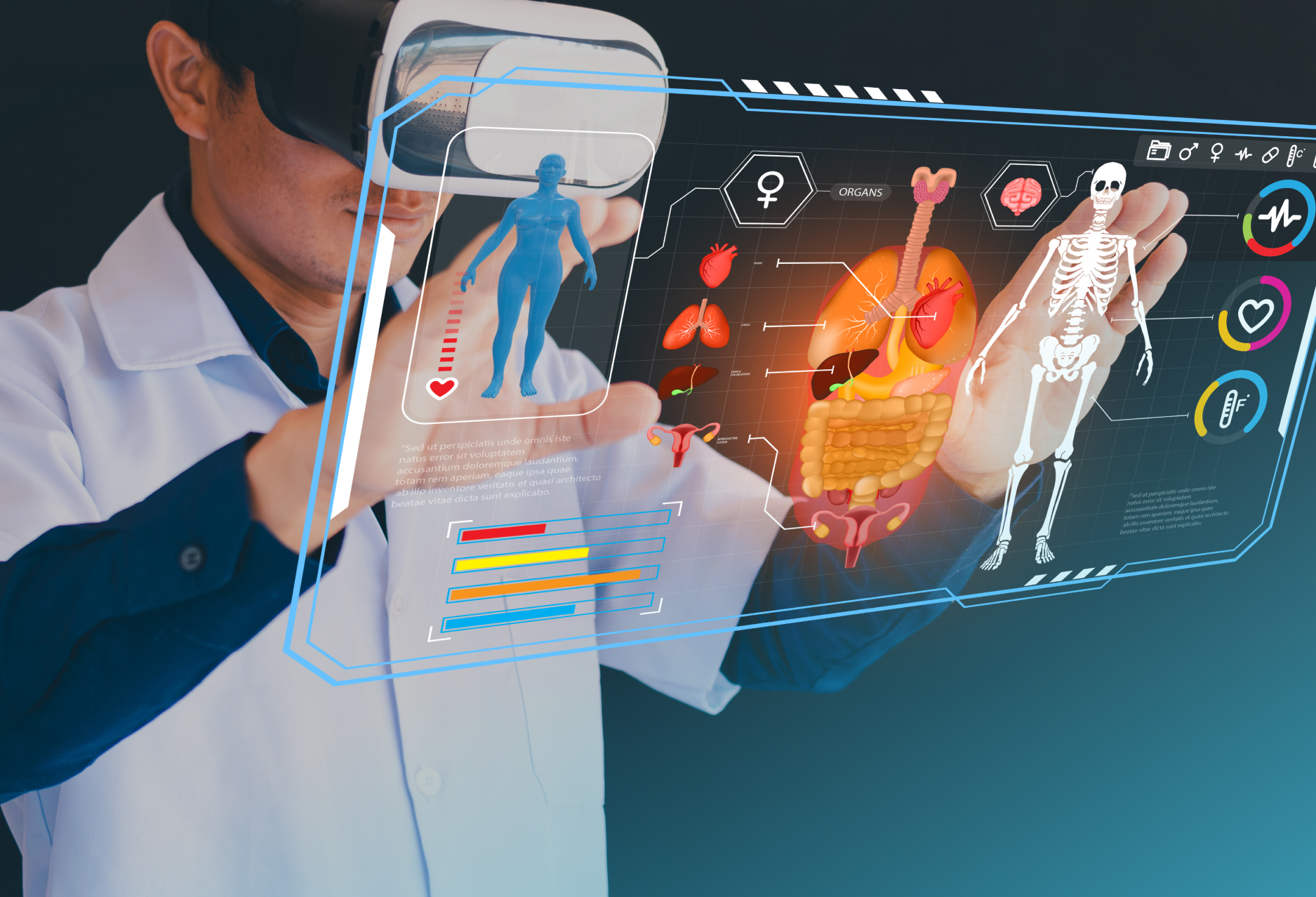


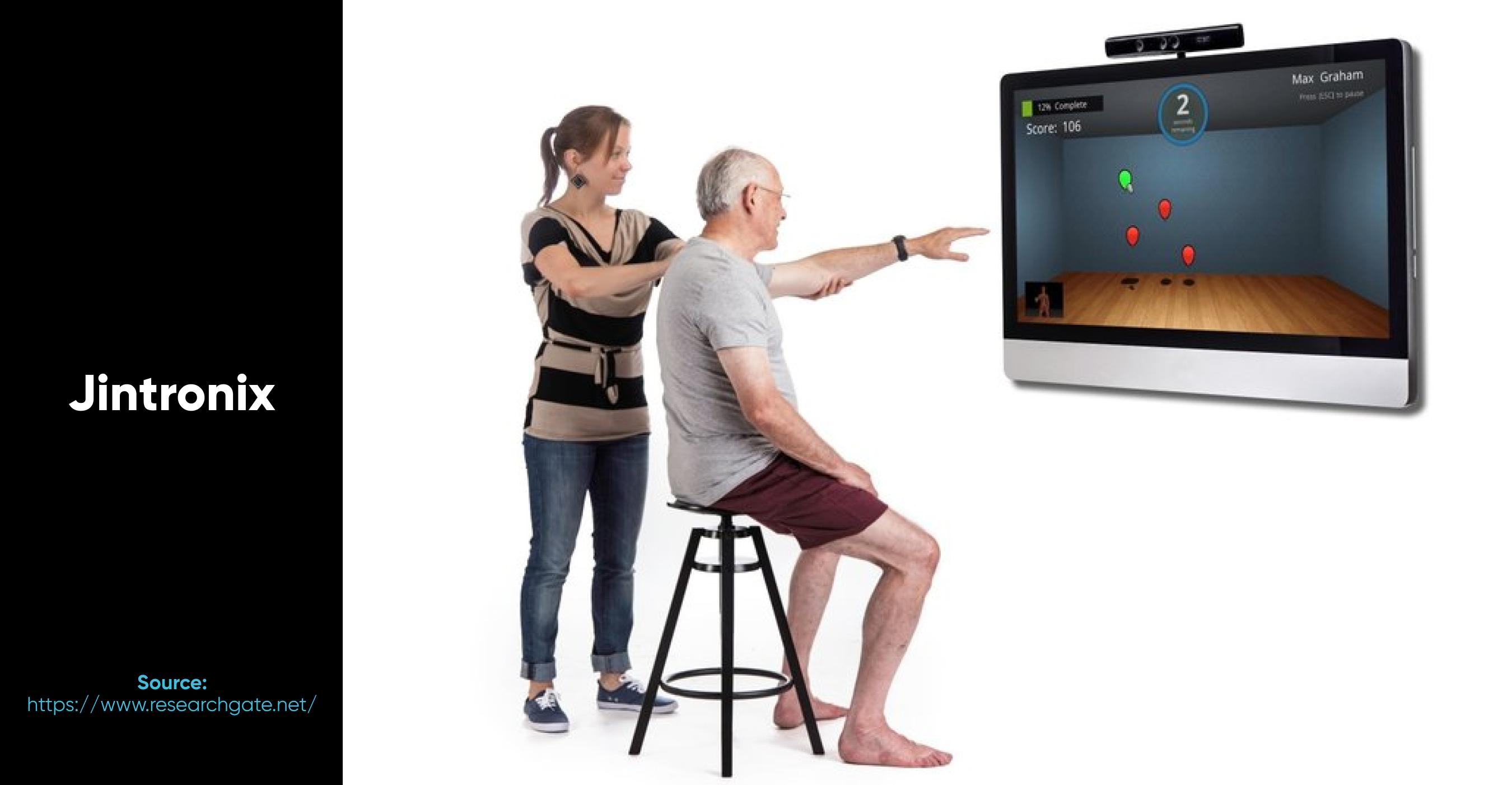
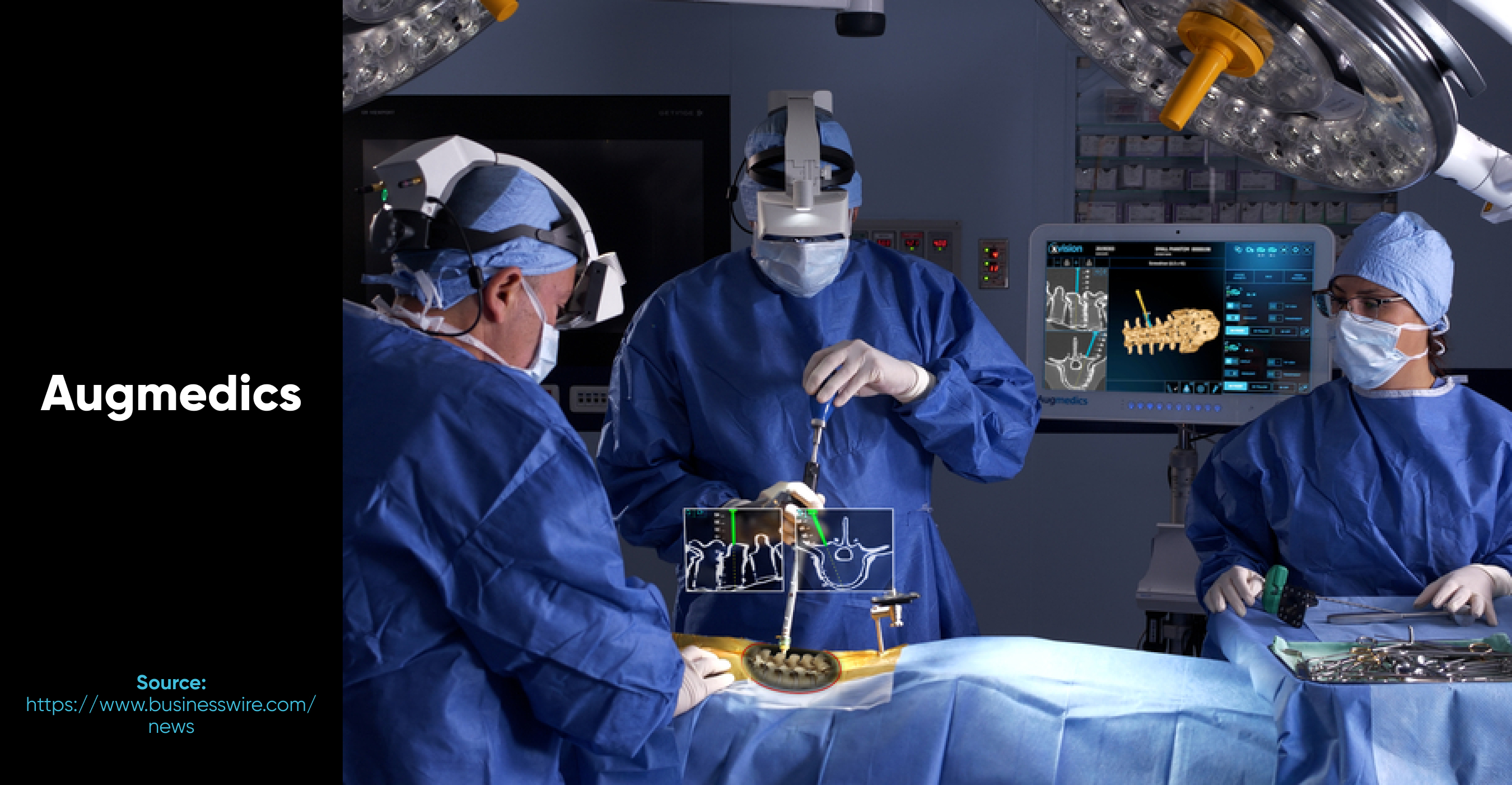
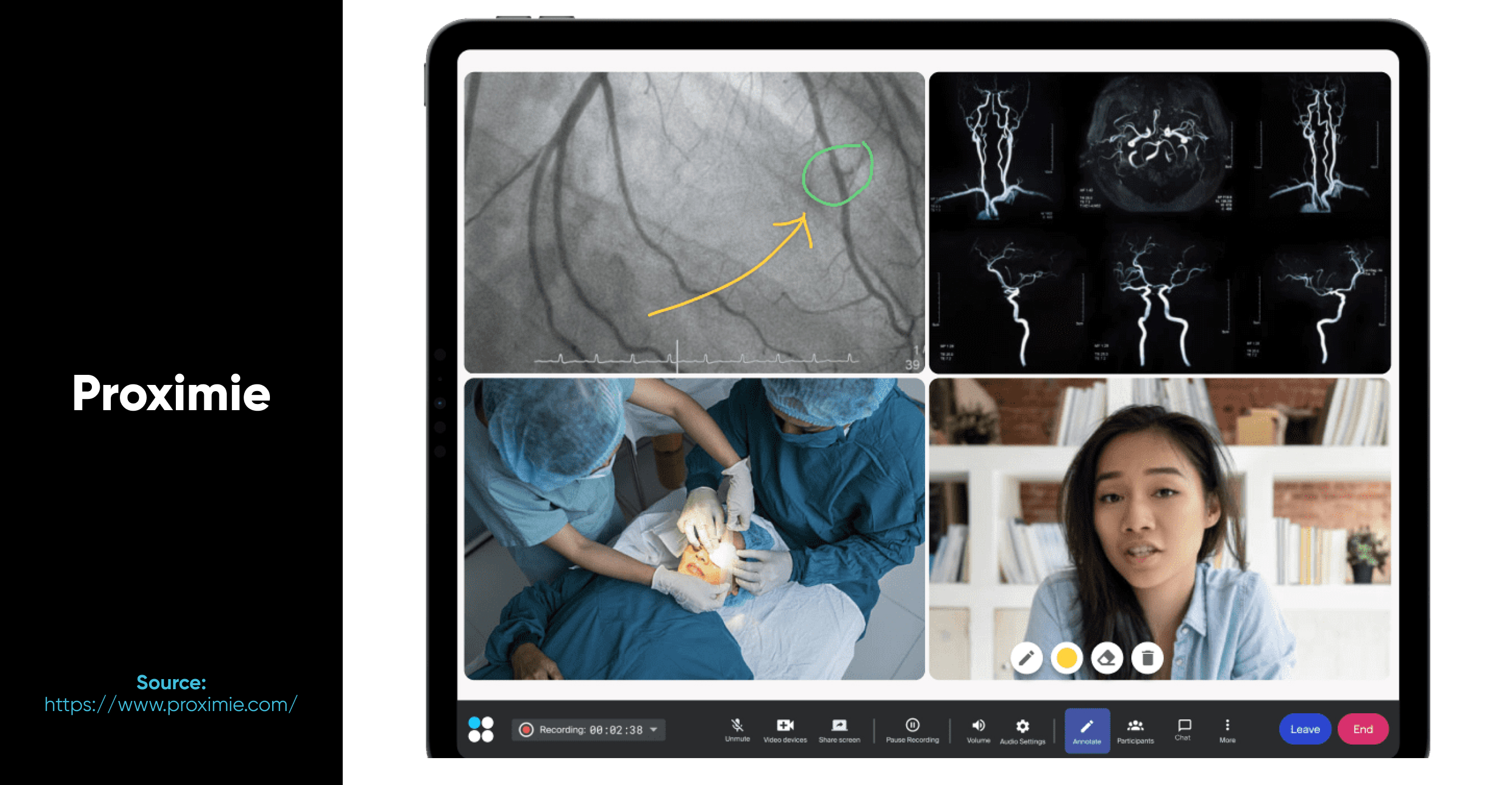
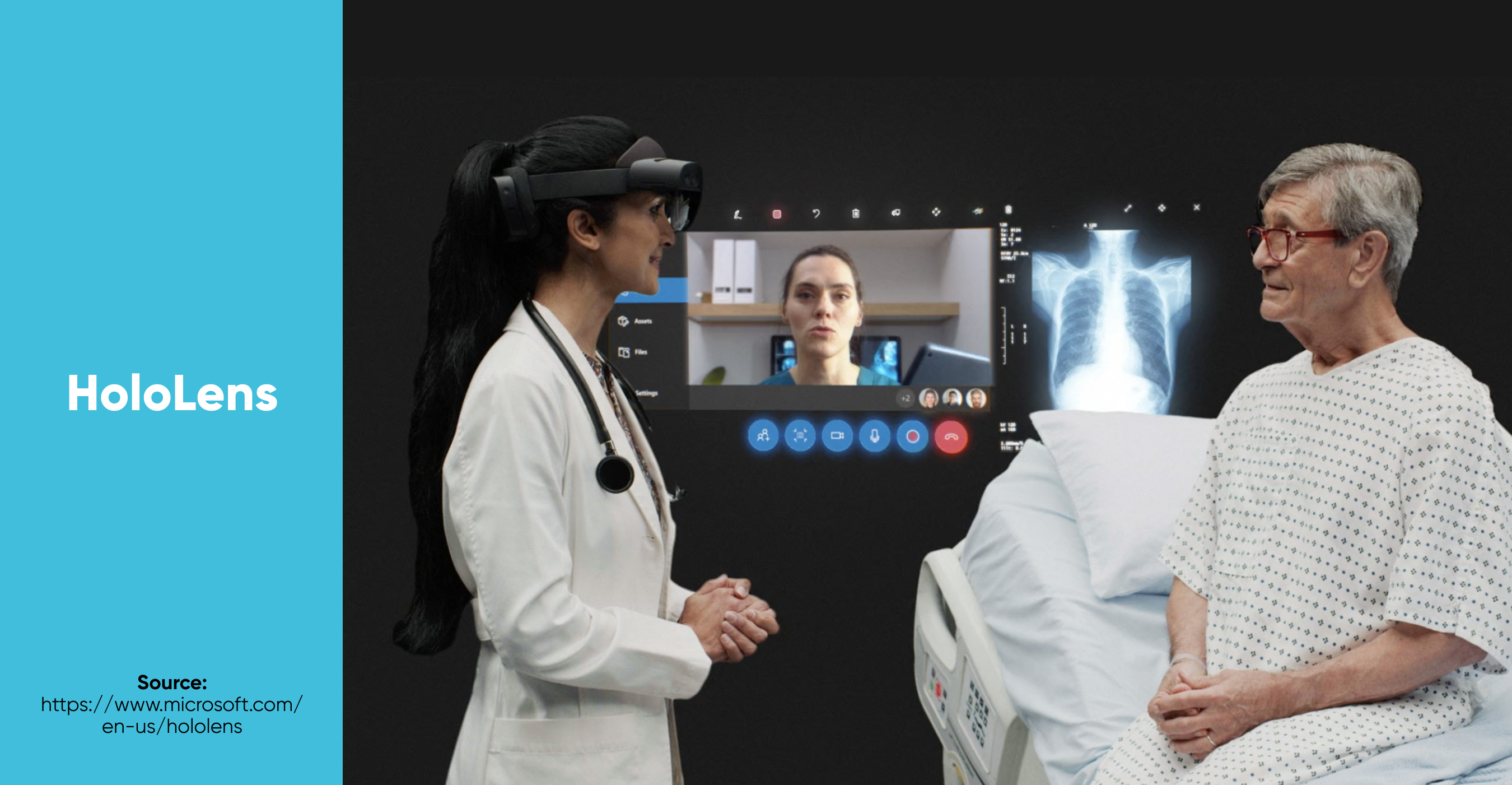
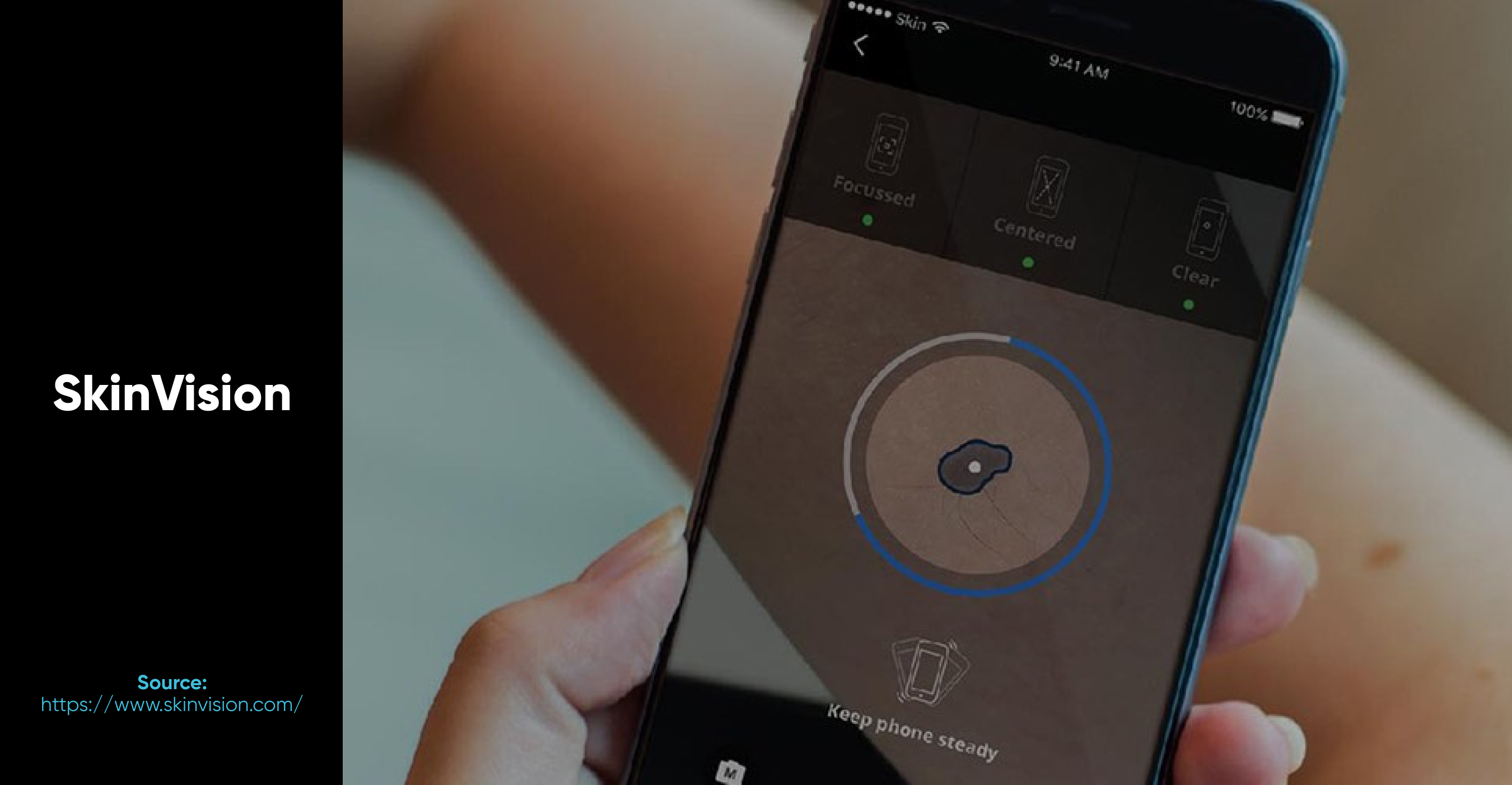
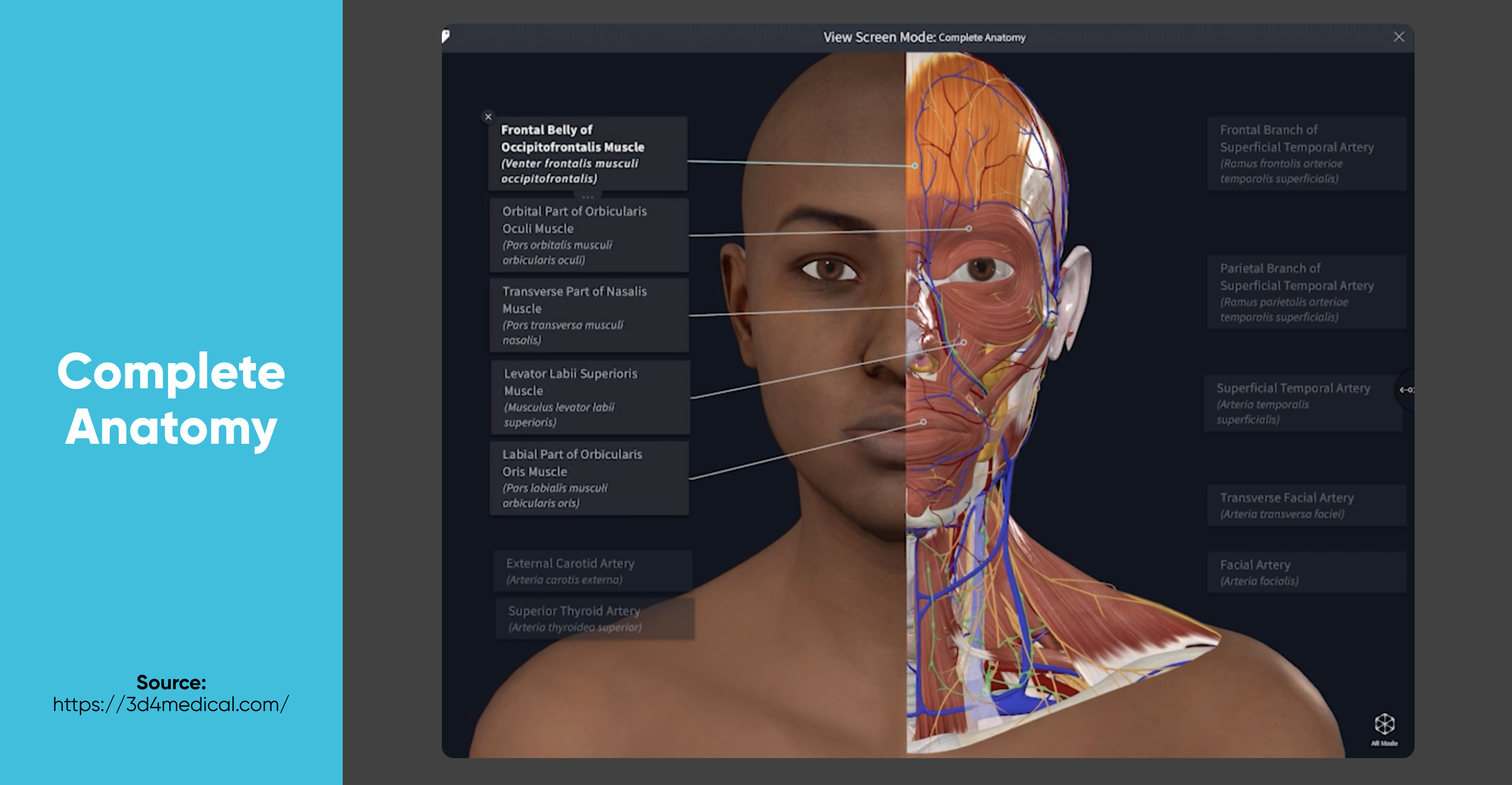


_1764586939-small.webp)
